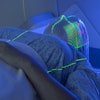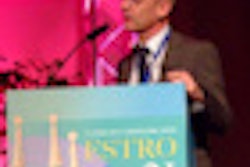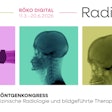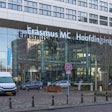Helium is a finite resource that should be reserved for its most important uses, according to U.K.-based imaging advocate and professor of sustainable chemistry Tom Welton.
That means every child with a helium balloon is preventing someone else from having an MRI scan, he warned in a statement issued by pharmaceutical contract research organization Melbourn Scientific.
Helium may be the second most abundant element in the universe, but on Earth it is noble and precious, the result of a natural breakdown of uranium and a by-product of natural gas exploitation, and the world could run out, said Welton, from Imperial College London.
A third of the world's helium comes from the U.S. National Helium Reserve, which has been selling its reserves off at "bargain prices" as consumption has increased worldwide, with applications from airport scanners and wind turbines to, of course, helium-filled balloons. Nobel Laureate Robert Richardson warned that the supply could be exhausted in 25 years, according to Welton.
Best known in imaging is helium's use in cryogenic cooling for use in MRI magnets, and it is also used for gas chromatography in pharmaceutical analysis. Melbourn Scientific has been developing a response to the potential risk of rising prices and a world shortage, the firm's CEO Steve Wescott noted. For gas chromatography, hydrogen and nitrogen are helium alternatives that are more sustainable, even though helium is a superior carrier gas for most purposes, and avoids the safety concerns inherent in alternatives. However, the company has established safety protocols for the use of hydrogen in chromatographic detectors, and urges that helium be replaced by hydrogen for this purpose as soon as possible.



















